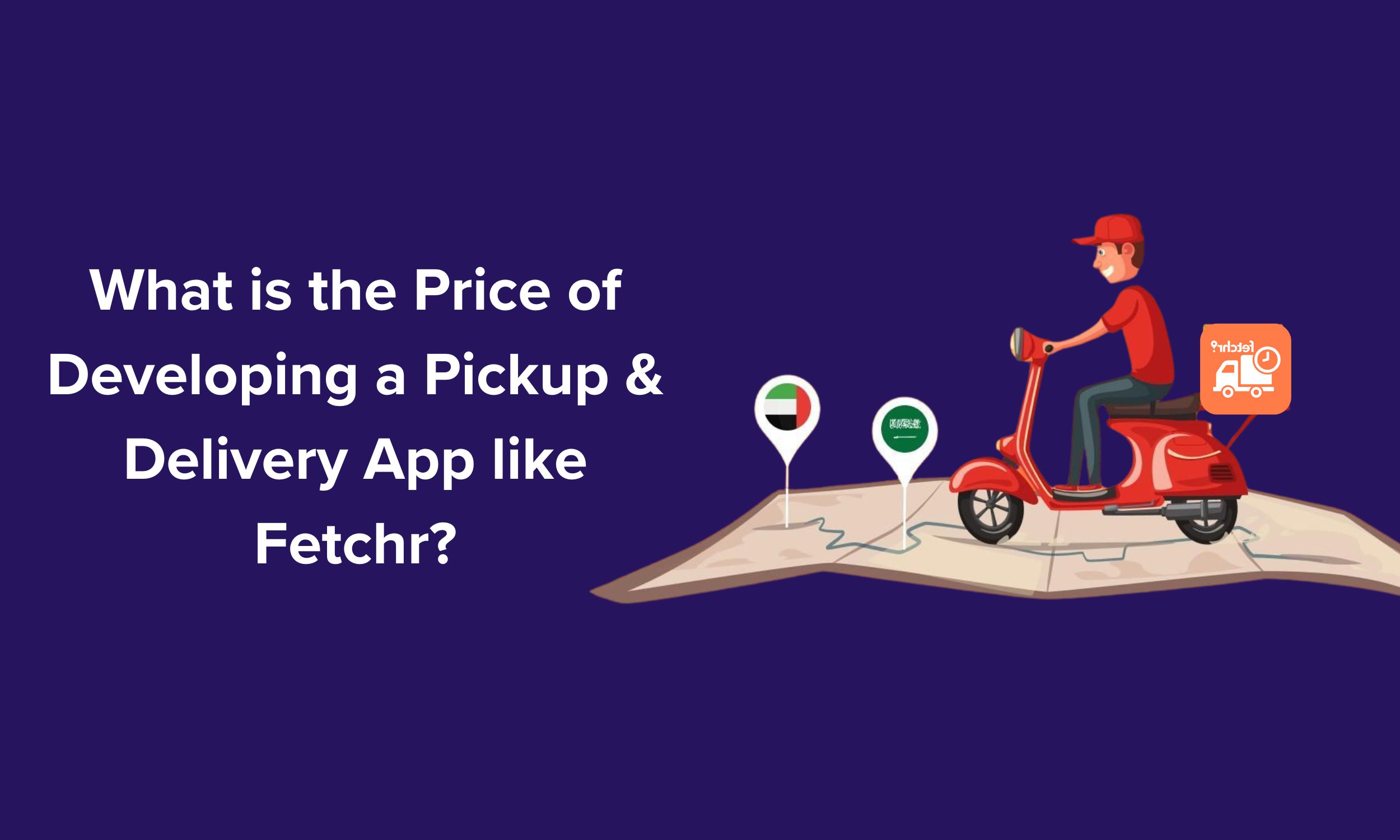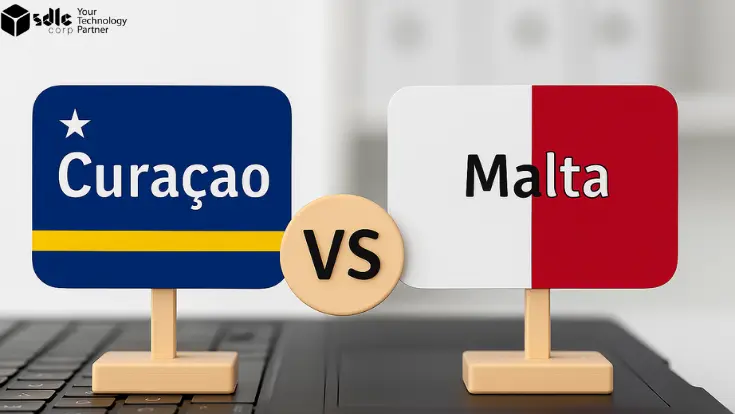What is the Price of Developing a Pickup & Delivery App like Fatchr?
Developing a Pickup & Delivery App: Demand for efficient and convenient delivery services has increased substantially in today’s fast-paced society. Fetchr, an industry-leading logistics provider, has developed a cutting-edge pickup and delivery app to satisfy these needs. The Fetchr app streamlines and simplifies sending and receiving packages for its customers.
The Fetchr app integrates cutting-edge technologies and an intuitive user interface to expedite the entire delivery process. It allows customers to schedule pickups, monitor their packages in real-time, and communicate with the delivery staff, ensuring complete transparency and convenience at every stage. Fetchr ensures prompt and dependable delivery to a variety of locations through a vast network of trained couriers.
Significance of On-demand Delivery Services in Recent Times
The rise of on-demand delivery services has revolutionized the transportation of products and services. In today’s digital era, where convenience is paramount, the importance of on-demand delivery services has grown. These services offer numerous advantages to both businesses and customers.
On-demand delivery services, such as Fetchr, eliminate the need for customers to visit physical stores or post offices in order to submit or receive packages. Users can have their items picked up and delivered to their desired locations with just a few taps on their smartphones, sparing them time and effort.
Speed and Productivity: On-demand delivery services prioritize speed and productivity. Utilizing technology, these services optimize routes, implement real-time monitoring, and utilize dedicated drivers to ensure prompt delivery of packages. This swiftness and effectiveness are especially important for time-sensitive items or imperative deliveries.
Flexible options for pickup and distribution are provided by on-demand delivery services. Customers can select the most convenient time and location to receive their shipments and schedule pickups at their convenience. This adaptability accommodates hectic schedules and increases customer satisfaction overall.
The expansive networks of many on-demand delivery services enable them to deliver packages locally, nationally, and even internationally. This global reach affords businesses access to new markets and opportunities, allowing them to serve consumers worldwide.
The exponential expansion of e-commerce has increased the demand for on-demand delivery services. As more people buy online, efficient and dependable delivery becomes crucial. By assuring the prompt and secure delivery of online purchases, on-demand delivery services play a pivotal role in the expansion of e-commerce.
Key Features and Functionalities of a Pickup and Delivery App
Features for Building a Customer Panel in an on-demand Parcel Delivery App
- User Registration: Users can create an account by providing their personal details such as first and last names, addresses, and email IDs.
- Social Media Integration: Users have the option to log in using their social media account credentials.
- Service Selection: Customers can choose the specific services they require, including parcel pickup, drop off, fetching, or selling.
- Schedule Pickup Date and Time: Users can select a preferred date and time for their parcel pickup.
- Schedule Delivery: Users have the ability to designate a particular date and time for the delivery of their package using this functionality.
- Add Location: Customers can manually enter the pickup or delivery location details.
- Map Integration: Users can utilize a map interface to set the exact pickup or delivery location by dragging and dropping the pin.
- Multiple Payment Options: The app supports various payment methods such as PayPal, credit cards, debit cards, and others.
- Cash on Delivery (COD) Option: Users have the choice to pay in cash at the time of parcel delivery if they prefer not to make an online payment.
- Promo Code/Discount: Users can apply discount coupons or promo codes to avail themselves of special offers and benefits.
- Add Comments: Customers can leave specific instructions or ask drivers questions related to their delivery, such as delivery preferences or special requests.
- Real-Time Order Tracking: Users can easily track the status and progress of their parcel in real-time, including information on whether it’s in transit or has been delivered, as well as the delivery duration.
- Push Notifications: Users receive timely updates and notifications regarding offers, delivery status, payment confirmations, order requests, and other relevant information.
- Create a Bill: Users can generate a comprehensive bill that includes the total amount, product details, and any applied discounts.

Features for creating a Delivery Panel in an On-Demand Delivery App:
- Login Credentials: Delivery agents can log in using their approved and verified credentials provided by the administrator.
- View Request Details: Delivery agents can access individual delivery requests and review their specific details to effectively manage them.
- Accept or Reject Requests: Delivery agents can accept or refuse delivery requests based on their availability and capacity.
- View Customer Details: Delivery agents can view customer information, as well as any specific notes related to the delivery, ensuring a better understanding of customer requirements.
- Status Updates: After completing a delivery, delivery agents can update the status of the delivery accordingly.
- View Payment Details: Delivery agents can access payment details, including COD payments or received payments through other methods.
- Map Integration: Integration with maps allows delivery agents to easily track the locations of customers for efficient navigation.
- Push Notifications: Delivery agents receive notifications for new requests and location updates to stay informed and responsive.
Features for creating a Delivery Panel in an On-Demand Delivery App:
- Login/Sign up: Administrators have the ability to access the application by utilizing their unique email address and password combination.
- Forgot Password: Administrators have the option to retrieve and reset their password quickly in case it is forgotten.
- Dashboard: A comprehensive overview of graphs, status updates, and the latest orders and their locations is available for administrators.
- Customer Management: Administrators can add, edit, and delete customer details as needed.
- Service Management: The admin has access to add, remove, update, and delete services, modify their descriptions, and manage associated images.
- Delivery Agent Management: This feature allows administrators to track deliveries and manage the details of delivery agents.
- Order Management: Administrators can effectively manage orders, retrieve detailed information, search for specific orders, and update order details as necessary.
- Notification Management: Advanced AI and ML-based algorithms enable administrators to send personalized notifications to users based on their activities or search behavior. SMS alerts can also be sent for payment confirmations, and all payments, whether weekly or monthly, can be viewed.
- Reporting: Administrators have the ability to access and retrieve progress reports on a weekly, monthly, or yearly basis in order to assess the application’s performance throughout different periods.
Development Cost Factors
1. App complexity, platform and design:
App development expenses depend on complexity, platform, and design. Apps with complex coding, elaborate features, and extensive user interfaces take longer and cost more to develop. The system the app will run on built—iOS, Android, or web—may need different development methods and programming languages, affecting development costs. Complex app design, bespoke visuals, animations, and user experience components can further boost development expenses.
2.Integration with third-party services:
Many apps require connectivity with payment processors, social media platforms, mapping services, or analytics tools. In connecting the app to these services, more development is needed. Integration complexity, API availability, and customization might affect development costs. Third-party services may require license or use fees, which should be considered when estimating development costs.
3. Development team rates and location:
Development costs depend on the development team’s rates and location. App development teams and agencies differ in expertise, experience, and reputation, which affects rates. Developers in high-cost areas or high-demand areas charge more. Outsourcing development to offshore teams in countries with cheaper labor costs might save money, but communication, time zone, and cultural issues can affect collaboration and project management.

Explore our other insights!
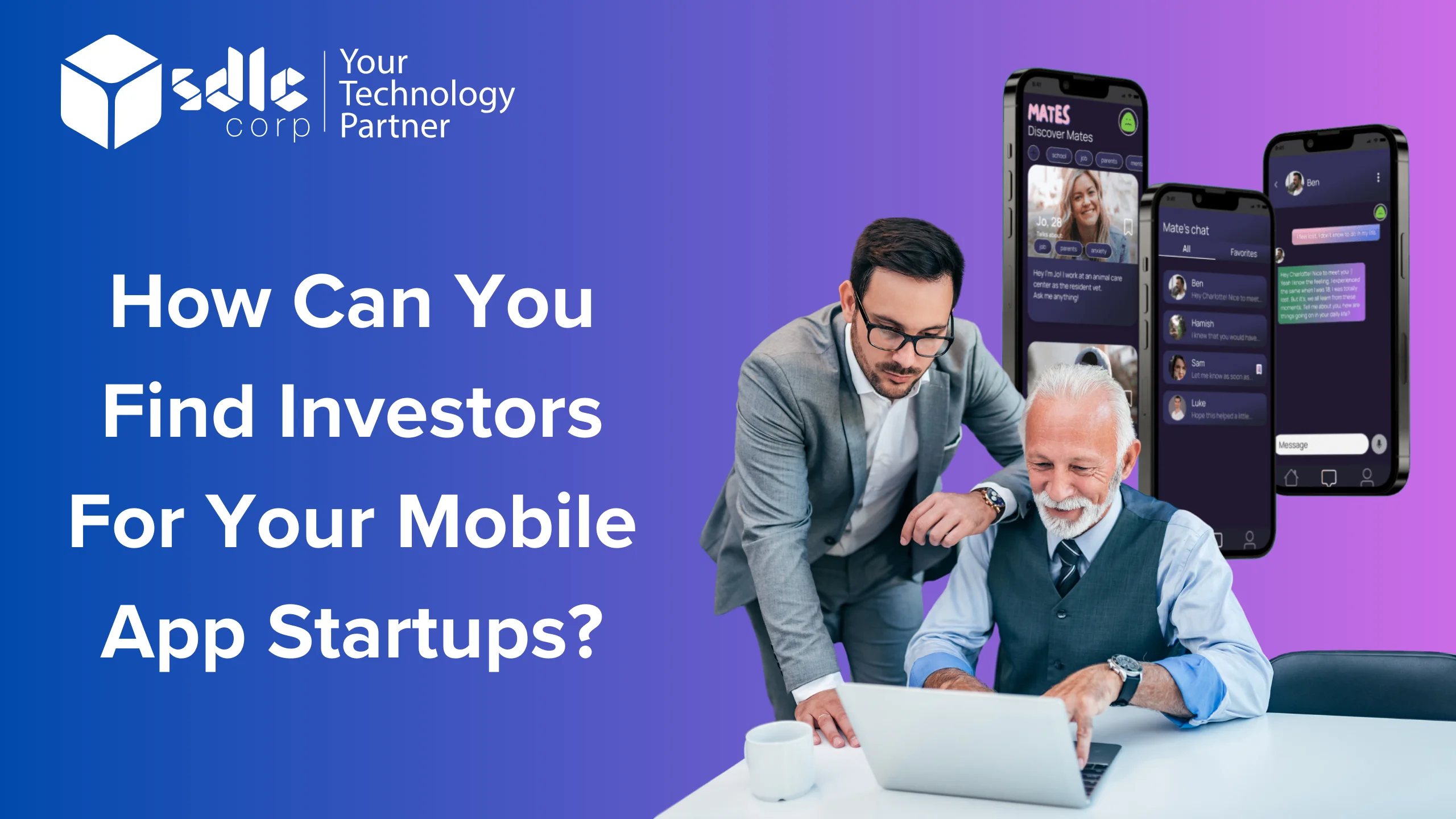
How Can You Find Investors For Your Mobile App Startups?
How Can You Find Investors For Your Mobile App Startup? Starting a mobile app startup is an exciting
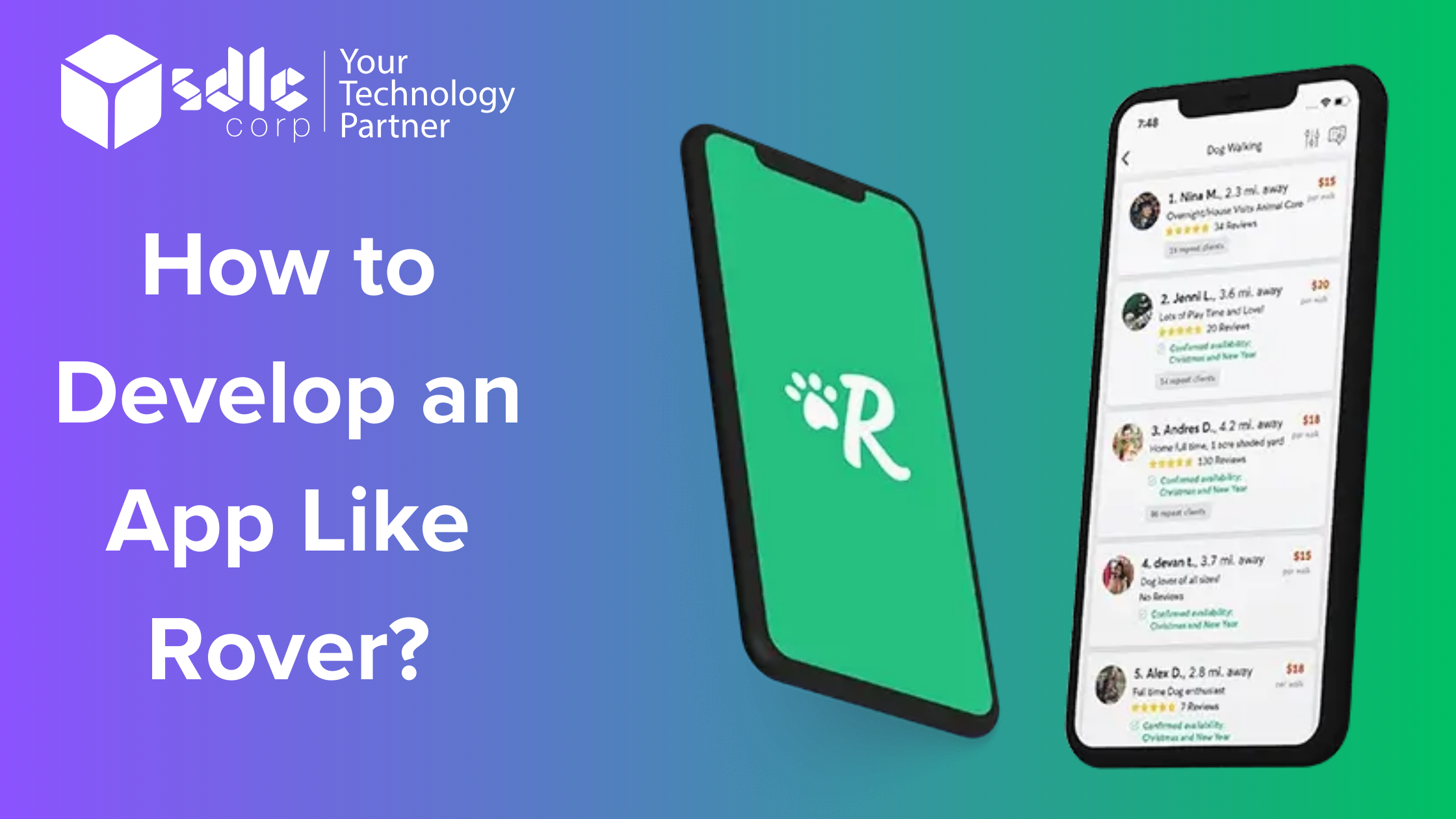
How to Develop an App Like Rover?
How to Develop an App Like Rover? Learn how to develop, build, and create an app like Rover,
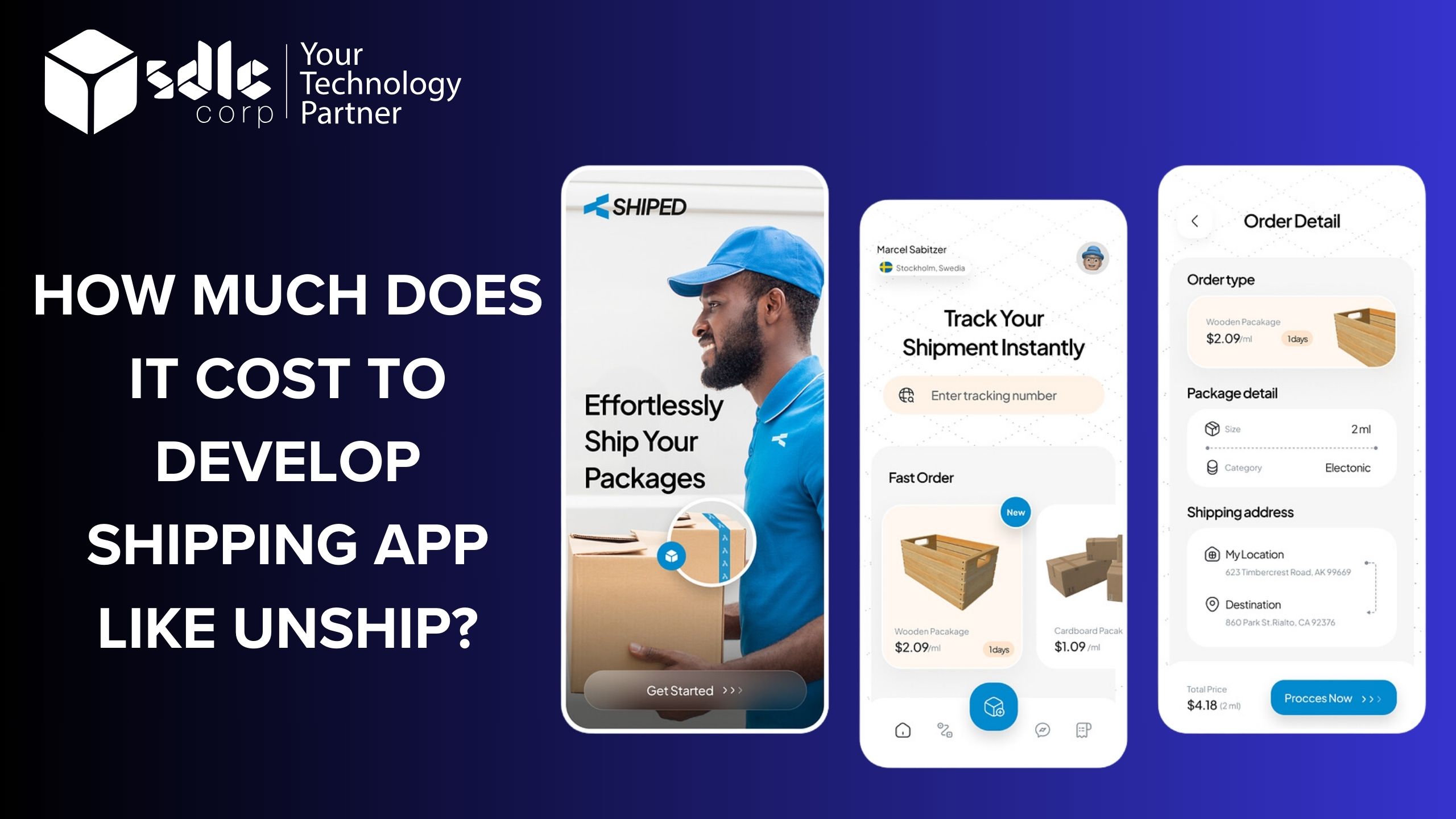
HOW MUCH DOES IT COST TO DEVELOP SHIPPING APP LIKE UNSHIP?
How Much Does It Cost To Develop Shipping App Like Unship? To develop a App like Unship, you’ll
4. Additional features and customization:
Adding features and customizing the program beyond its primary functions might increase development costs. Advanced user interactions, real-time data syncing, push alerts, multi-language support, offline capabilities, and hardware device integration may be included. Development costs can also be affected by customization, such as customizing the app’s look or functionality to company demands. The level and originality of these new features and customization will decide the resources and development time needed, affecting expenses.
Estimating app development expenses requires understanding these elements. Stakeholders can make informed judgments and budget effectively by carefully considering the app’s complexity, platform requirements, integration needs, development team rates, and customisation requirements.
Cost Breakdown of Developing a Pickup and Delivery App
1. Development team expenses:
The biggest cost for the development team is paying the software engineers, designers, project managers, and quality testing professionals who work on the app.
- Recruitment: If you need to add more people to your current team or hire new pros for the project, you should think about the costs of recruitment, such as advertising, interviews, and onboarding.
- Training and Professional Development: A development team should always seek to keep learning and enhancing their skills. Costs for training classes, workshops, and getting certified should be taken into account.
2. Backend infrastructure and server costs:
- User Experience (UX) Design: A skilled user experience designer possesses the knowledge to develop a user-friendly and comprehensible system. Considering the expenses associated with wireframing, prototyping, conducting usability testing, and engaging in iterative processes is crucial.
- Graphic design: The branding of an app is made up of things like logos, icons, and other graphical materials. Hiring graphic artists or sending design work to a third party costs money.
- Mobile responsiveness: dapting the app’s appearance and functionality to suit various mobile devices and platforms may require additional time and financial resources.
3. Design and user interface expenses:
Adding features and customizing the program beyond its primary functions might increase development costs. Advanced user interactions, real-time data syncing, push alerts, multi-language support, offline capabilities, and hardware device integration may be included. Development costs can also be affected by customization, such as customizing the app’s look or functionality to company demands. The level and originality of these new features and customization will decide the resources and development time needed, affecting expenses.
Estimating app development expenses requires understanding these elements. Stakeholders can make informed judgments and budget effectively by carefully considering the app’s complexity, platform requirements, integration needs, development team rates, and customisation requirements.
4. Integration and ongoing maintenance costs:
- Third-Party APIs: When you integrate with external services like payment gateways, mapping services, or push notification providers, you often have to pay license fees or fees based on your service usage.
- Changes and bug fixes: Maintenance and assistance is a must and be done on a regular routine basis so that bugs can be fixed, performance can be improved, and users can get regular updates to meet their changing needs. These tasks may need people who are always available or a service deal with a development team.
Estimated Cost Range for Developing a Pickup and Delivery App like Fetchr
1. Basic Complexity:
The estimated cost range for a simple pickup and delivery program like Fetchr is between $10,000 and $30,000. This range is appropriate for apps with essential features like user registration, order placement, tracking, rudimentary payment integration, and push notifications. Typically, the development period for such an app is shorter than that of more complex applications.
2. Medium Complexity:
The estimated cost range for a collection and delivery app with additional features and customization options is between $30,000 and $80,000. This range comprises capabilities such as advanced user profiles, real-time monitoring with map integration, multi-platform compatibility (iOS and Android), delivery scheduling, in-app chat support, third-party API integration (payment gateways, address verification, etc.), and order history. Due to the added functionality, the development period for an app of medium complexity may be extended.
3. High Complexity:
Highly complex collection and delivery apps requiring extensive customization, scalability, and advanced features can have a price range of $80,000 to $200,000 or more. These applications are intended for large-scale operations, multiple user roles (customers, drivers, administrators), complex algorithmic calculations for route optimization, advanced analytics, and reporting, integration with external logistics systems, automated dispatching, support for multiple languages, and advanced security functions.
Enterprise Mobile App Development Company

Additional Considerations
1. Ongoing operational and marketing costs:
When starting a new project or business, it’s essential to think about the ongoing costs of operations and marketing. These costs may significantly have a big role on how well the project works and how much money it makes. Some important things to think about are:
- Staffing: It is important to hire and keep a skilled staff. Think about the costs of pay, benefits, training, and other things.
- Infrastructure and Equipment: Keep track of the prices of buying, maintaining, and updating infrastructure, machinery, technology, or equipment that you need.
- tools and Inventory: Figure out how much it will cost to keep raw materials, packaging, and office tools in stock and to buy new ones.
- Marketing and Advertising: Set aside money for marketing and advertising projects like internet marketing, traditional advertising, public relations, and events.
- Utilities and Overhead: Include recurring costs like power, water, internet service, insurance, taxes, and other overhead costs.
- Maintenance and Upkeep: Think about how much it will cost to maintain tools, software, websites, or other essential parts in the project on a regular basis so that they work well and don’t break down unexpectedly.
2. Legal and regulatory compliance:
For staying away from legal problems, fines and damage to your reputation, it is necessary to value the law and regulations. Think about these things:
- Licensing and Permits: Find out what licenses, permits, or certifications you need to legally do business in your field and area, and get them.
- Intellectual Property: Patents, trademarks, copyrights, and other legal defenses can help you keep your intellectual property safe.
- Data Protection and Privacy: Follow the rules about data protection and privacy by putting in place the right security measures and getting permission before collecting and using data.
- Employment rules: Follow labor rules about pay, hours, benefits, discrimination, health and safety, and more. Follow the rules related to your job.
- Environmental Laws: If your project has an effect on the environment, you must follow the appropriate environmental laws. Get the appropriate permits and use practices that are good for the environment.
- Consumer Protection: Follow the laws that protect customers, such as rules about advertising, fair pricing, and product safety.
Conclusion
In conclusion, determining the exact price for developing a pickup and delivery app like Fetchr is a complex task as it depends on several variables. The development cost can differ considering factors such as the app’s functionality, desired features, complexity, design requirements, technology stack, and the development team’s rates.
To obtain an accurate cost estimate, it is advisable to consult with professional app development companies or experts who can assess your specific project requirements. They can evaluate factors like app design, backend development, third-party integrations, testing, deployment, and ongoing maintenance to provide a tailored cost estimate.
It’s important to note that developing a high-quality pickup and delivery app requires a significant investment. However, the cost should be viewed as a long-term investment in your business’s growth and customer satisfaction. By partnering with a reputable development team and carefully planning the project, you can optimize costs without compromising on the app’s functionality and user experience.
Ultimately, the price of developing a pickup and delivery app like Fetchr will depend on your unique project specifications and the level of customization required.
We hope you will get here a valuable information about the Pickup & Delivery App like Fetchr and you should know also about:Also you should know about:
FAQs
1. What is the typical timeframe for developing a pickup and delivery app similar to Fetchr?
The development timeline for a pickup and delivery app like Fetchr can vary depending on the app’s complexity, desired features, the development team’s size and expertise, and other factors. Generally, developing a robust and fully functional app can take several months. It’s important to allocate sufficient time for planning, design, development, testing, and deployment stages to ensure a high-quality end product.
2. Can I use an existing app development framework to reduce costs?
Yes, utilizing existing app development frameworks can help reduce development costs and accelerate the process. Frameworks like React Native or Flutter allow for cross-platform development, enabling the creation of apps that work on both iOS and Android platforms. However, it’s important to consider the specific requirements of your pickup and delivery app and consult with experienced developers to determine the most suitable technology stack for your project.
3. Are there any additional expenses in addition to the development process?
Yes, apart from the development costs, there are additional expenses to consider. These may include costs for app store registration and listing fees, third-party API integrations (such as payment gateways or mapping services), backend infrastructure setup and hosting, marketing and promotion expenses, ongoing maintenance and support, and potential legal and licensing fees. It’s essential to factor in these costs when budgeting for your pickup and delivery app.

